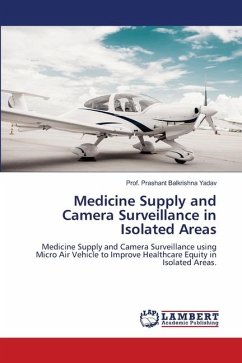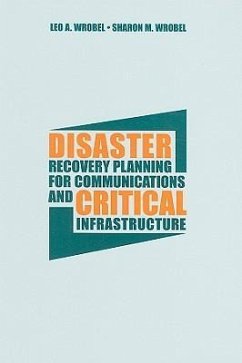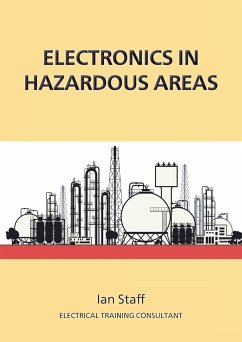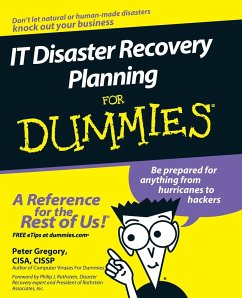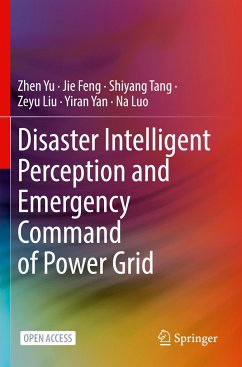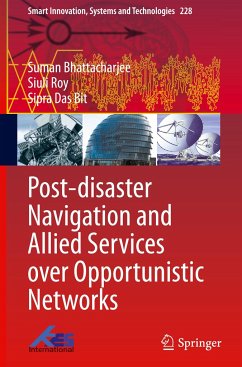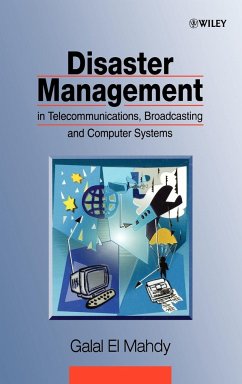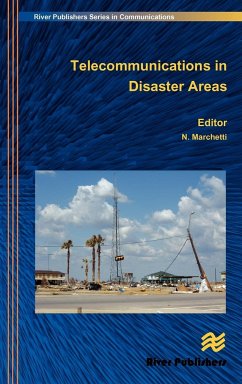
Telecommunications in Disaster Areas
Versandkostenfrei!
Versandfertig in 1-2 Wochen
131,99 €
inkl. MwSt.

PAYBACK Punkte
66 °P sammeln!
Disasters happen over relatively short time periods and are usually unexpected, leaving in their wake large numbers of casualties and severe infrastructure damages. These disasters can be due to natural causes (earthquakes, fires, floods, hurricanes, epidemics or combinations thereof) or they can be manmade (industrial accidents, terrorism and war). Essential communications breakdown is one of the common characteristics of all disasters. The partial or complete failure of telecommunications infrastructure leads to preventable loss of life and damage to property, by causing delays and errors in...
Disasters happen over relatively short time periods and are usually unexpected, leaving in their wake large numbers of casualties and severe infrastructure damages. These disasters can be due to natural causes (earthquakes, fires, floods, hurricanes, epidemics or combinations thereof) or they can be manmade (industrial accidents, terrorism and war). Essential communications breakdown is one of the common characteristics of all disasters. The partial or complete failure of telecommunications infrastructure leads to preventable loss of life and damage to property, by causing delays and errors in emergency response and disaster relief efforts. Despite the increasing reliability and resiliency of modern telecommunications networks to physical damage, the risk associated with communications failures still remains serious because of growing dependence upon these tools in emergency operations. Coordinated relief to the affected areas needs to be given as soon as possible, so to minimize further nefarious effects. In such scenarios it is vital that communications between interested parties, i.e. relief and security groups, are established as quickly and as easily as possible, ideally in a plug & play or zero configuration fashion. The acknowledgment that infrastructure-based networks in such deployment areas may be destroyed raises the need for new alternatives and communication paradigms, ideally infrastructure-less, and for decentralized wireless technologies. Technical topics discussed in Telecommunications in Disaster Areas include: ¿¿¿¿ System Engineering, Power and Communication Infrastructure; ¿¿¿¿ Self-Organizing, Cognitive and Location-aware Networks; ¿¿¿¿ Public Safety Scenarios Modelling; ¿¿¿¿ Inter-Network Interoperability; ¿¿¿¿ Networks of Mobile Robots.




